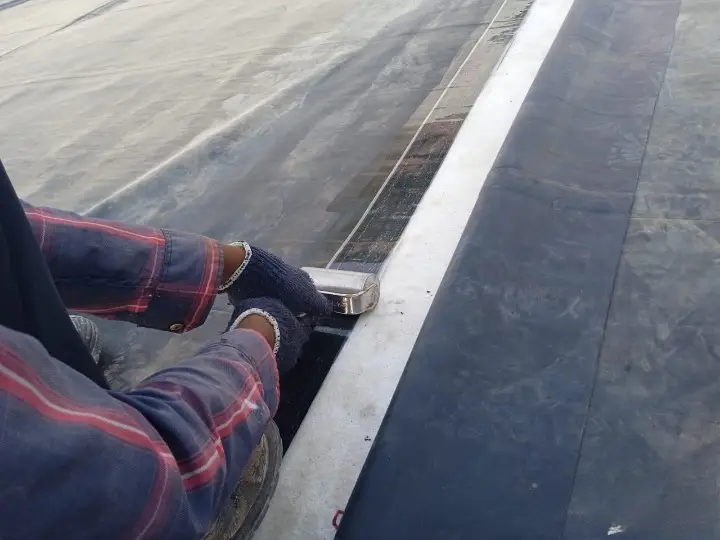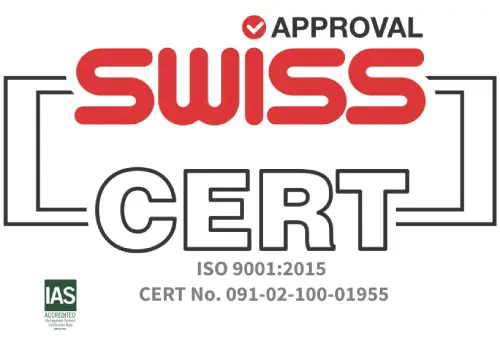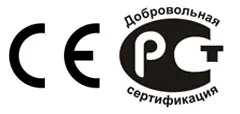2025

The Role of Polygomma Waterproof Roofing Membranes in Preventing Water Damage and Mould Growth
Water can silently become a building’s worst enemy. Whether it’s a sudden leak or long-term moisture seepage, the results—structural damage, rot, and mould—can be both dangerous and costly. That’s where Waterproof Roofing Membranes come in. Acting as a strong barrier between your roof and the elements, these high-performance solutions prevent water from entering the structure. In this blog, we’ll explore how Waterproof Roofing Membranes help protect your building from water damage and mould growth, what makes them effective, and how to choose the right type for your roof.
1. Understanding Waterproof Roofing Membranes
A waterproof roofing membrane is a specially designed material that provides a watertight seal over the roof surface. It is an effective water-blocking barrier within the roof that minimises the occurrence of leaks and moisture accumulation. These membranes are commonly used on flat and low-slope roofs, where water pooling is a frequent issue.
Waterproof Roofing Membranes come in various forms, including synthetic rubber, thermoplastics, and modified bitumen. Each type brings its own unique advantages. For example, EPDM membranes are known for their exceptional temperature resistance (ranging from -40°C to +160°C), and long service life—millions of square meters have been installed globally with a track record of lasting over 30 years. Additionally, they are flame-free and heat-free to install, making them safer and quicker to apply.
2. How Water Damage Affects Roofing Structures
Water damage is one of the most common and destructive issues in roofing. If not addressed promptly, it can weaken the very framework of a building and lead to significant repair costs. Let’s take a deeper look at the types of damage water can cause:
a) Structural Deterioration
When moisture infiltrates the roofing system, it begins to affect the building materials. Wood becomes susceptible to rot, metal components corrode, and insulation deteriorates. Over time, the roof may develop visible signs of wear such as sagging, warping, or cracks. These issues not only compromise the building’s appearance but can also lead to reduced load-bearing capacity, increasing the risk of partial or complete structural collapse. Waterproof Roofing Membranes act as a critical defense, preventing such moisture-related damage and extending the life of the roof and overall structure.
b) Interior Damage
Leaky roofs allow water to migrate beyond the structural layers and into the interiors. This intrusion can damage ceilings, interior walls, and flooring materials. Paint begins to peel, plaster softens, and water stains become visible. In worst-case scenarios, moisture reaches electrical systems, posing the risk of short circuits, fires, and damage to expensive appliances or critical equipment.
c) Compromised Insulation
Waterlogged insulation loses its thermal performance. This leads to inefficient temperature regulation, forcing heating and cooling systems to work harder—driving up utility bills. Moist insulation also becomes a breeding ground for mould, reducing indoor air quality and creating long-term health risks for occupants.
3. The Connection Between Moisture and Mould Growth
Mould needs only moisture and a surface to begin growing—and a leaking roof provides both. This creates not only structural issues but also health and air quality concerns.
a) Health Hazards
Mould can cause allergic reactions, respiratory problems, and chronic illnesses, especially in people with asthma or weakened immune systems.
b) Odours and Indoor Air Quality
Musty odours and airborne spores from mould growth can make indoor environments unpleasant and unhealthy.
c) Material Degradation
Organic materials like wood, drywall, and insulation can degrade rapidly under mould infestation, requiring costly replacements and treatments.
4. The Benefits of Waterproof Roofing Membranes in Preventing Water Damage and Mould Growth
Installing a high-quality waterproof roofing membrane offers several key benefits:
a) Enhanced Waterproofing Protection
These membranes create an impermeable barrier, ideal for flat and low-slope roofs that are more prone to pooling.
b) Improved Energy Efficiency
Many membranes are reflective and help regulate indoor temperatures by minimising heat absorption—lowering energy costs.
c) Extended Roof Lifespan
By preventing moisture intrusion, these membranes reduce the need for frequent repairs and increase the durability of the entire roofing system.
d) Reduced Mould and Mildew Growth
By keeping the structure dry, the risk of mould infestation is drastically lowered, supporting a healthier living and working space.
e) Lower Maintenance Costs
Durable and long-lasting, these systems are relatively low-maintenance, reducing ongoing costs.
f) UV, Ozone & Pollutant Resistance
Advanced membranes—especially EPDM—offer superior resistance to UV rays, ozone, and airborne pollutants.
g) Lightweight and Anti-Root Properties
Weighing around 1.25kgs/SQM, EPDM membranes are lightweight and act as natural anti-root barriers—ideal for green roofs and landscape projects.
h) Environmentally Friendly & Recyclable
These membranes are sustainable and recyclable, supporting eco-friendly construction goals.
i) Fire Resistance
Special grades of EPDM membrane are available with fire-resistant properties, enhancing safety.
5. Key Considerations
a) Climate and Weather Conditions
Choose membranes with high resistance to local weather patterns, especially heavy rainfall or temperature extremes.
b) Building Structure and Roof Design
Flat roofs may need membranes specifically engineered to avoid water pooling.
c) Maintenance Requirements
Some materials require more frequent inspections—choose based on your building management capabilities.
d) Energy Efficiency Goals
In warmer climates, opt for membranes with reflective properties to reduce cooling loads.
e) Budget and Installation Costs
Some options may have higher upfront costs but offer better long-term value due to lower maintenance and longer life.
f) Quality and Standards Compliance
Ensure the products meet international standards. Look for ISO 9001-certified manufacturing and consistent quality control.
g) Manufacturing Technology
Opt for membranes manufactured using cold feed roller head technology and intermesh mixing for denser, more compact products.
h) Eco-Friendly Production
Non-polluting manufacturing practices—like online vulcanizing instead of steam boilers—reflect a responsible approach to sustainability.
i) Wider Membranes for Faster Installation
Some membranes are available up to 15 meters in width with factory vulcanized seams, reducing field overlaps and speeding up the installation process.
Key Takeaways
- Waterproof roofing membranes are essential for protecting buildings from water infiltration and mould growth.
- EPDM membranes are a standout choice due to their temperature resistance, long lifespan, UV resistance, and eco-friendly properties.
- EPDM membranes offer a wide range of benefits—energy efficiency, low maintenance, and fire resistance included.
- Choose membranes certified to international quality standards and manufactured with advanced, non-polluting technologies.
- The right choice depends on your roof design, climate, energy goals, and budget.
- Installation and maintenance are key to ensuring long-term performance and protection.

